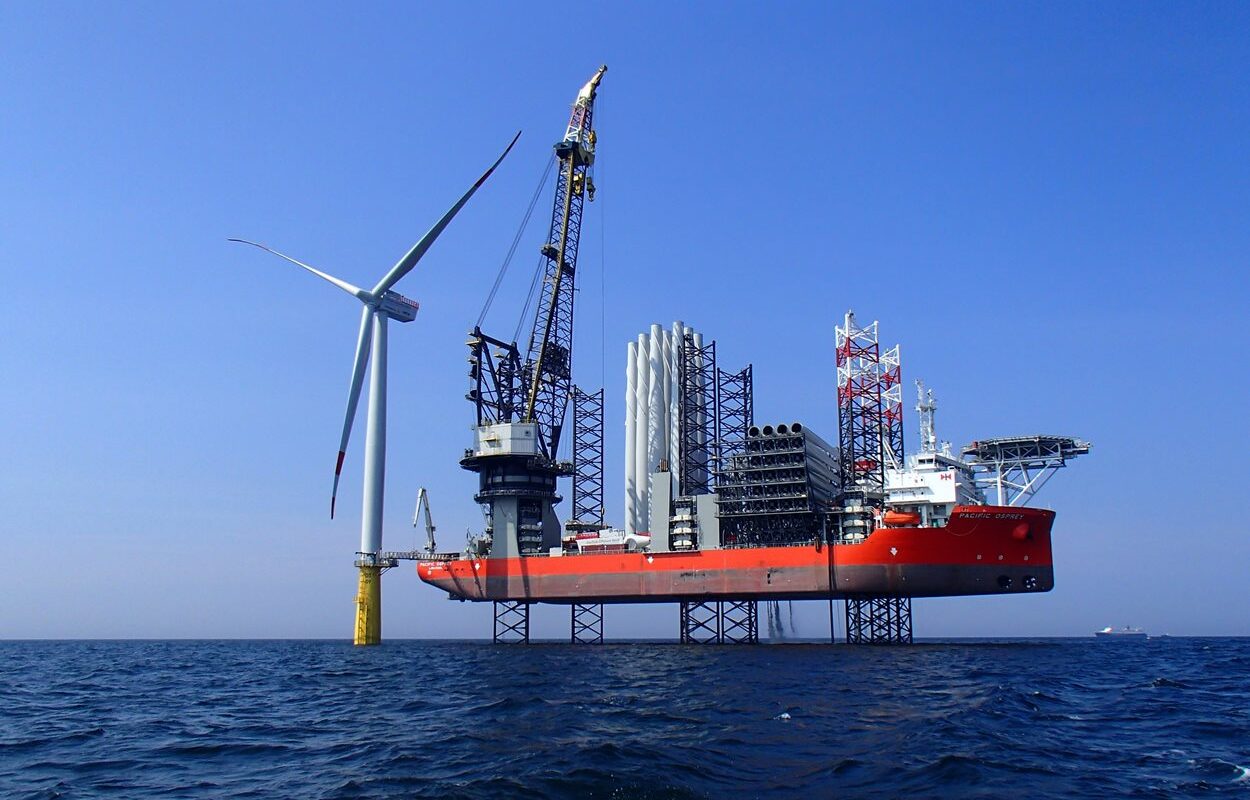Need for Fuel Monitoring
OSVs consume large quantities of marine fuel to carry out supply runs, transport crews and equipment to offshore rigs and platforms, often travelling long distances. Fuel costs typically account for 25-30% of total OSV operating expenses. With unpredictable fuel prices and ever-increasing operational demands, it is challenging for vessel owners and managers to get a handle on fuel usage and optimize efficiencies. An unreliable fuel monitoring approach makes it difficult to identify waste and spot cost-saving opportunities. This lack of visibility leads to overconsumption of fuel and higher running costs.
A fuel monitoring system provides vessel crews and management with real-time insights into fuel usage parameters. Key metrics like total fuel consumption, daily and hourly burn rates, fuel tank levels and refueling details are all made available. Significant variances in expected usage can be detected. Remote monitoring lets managers track multiple vessels simultaneously from onshore offices. This level of fuel data transparency allows targeted efforts to reduce fuel wastage through modified operational procedures, improved crew training and maintenance of fuel-efficient practices.
System Components
A typical OSV fuel monitoring system consists of hardware components installed onboard as well as cloud-based software for remote fleet-wide oversight. Fuel tank level sensors and flow meters connected to the main engines and generators continuously track the movement of fuel. This raw data is sent to a central onboard computer unit or fuel monitor panel via CAN bus or wireless networks.
The computer processes the level and flow information to compute critical parameters like total fuel in storage, fuel burn rates during various operations, efficiency of fuel transfer systems and more. Alarms can be programmed to detect issues like unusual high consumption during port idling. Onboard displays installed on the bridge provide crews with instant status updates to aid decision making.
Simultaneously, the data is transmitted securely via satellite to an online web portal or mobile app where it can be accessed remotely. Managers see consolidated reports and customizable dashboards presenting fleet-wide comparative analyses. Automated daily, weekly and monthly reports summarize KPIs. Any deviations from baselines are easy to spot, driving corrective actions to improve performance over time.
Installation and Maintenance
Professional system integrators specializing in maritime solutions handle the end-to-end installation, commissioning and maintenance of Offshore Support Vessel On-board Fuel Monitoring System. Careful planning is undertaken to map out the hardware positions according to vessel layouts and fuel transfer arrangements. Certified technicians implement the installations while vessels are in dry dock to avoid downtime.
Rigorous testing verifies accurate sensor readings, trouble-free data transmission and error-free functioning of displays and software before sign-off. During active operations, periodic onsite inspections and calibration checks ensure sensors continue providing precise measurements over long operating lives in harsh marine environments. Quick technical support is available for any unexpected issues via remote diagnostics. System software receives regular performance upgrades from the vendor.
Fuel Savings and ROI
When implemented correctly across an OSV fleet after a thorough needs assessment, fuel monitoring systems reliably save 5-10% of annual fuel costs on average within 2 years of commissioning. Vessel owners report paying back installation investments within 12-18 months through quantified fuel optimizations. Improved fuel management culture leads to reduced fuel theft and pilferage risks as well.
Precise fuel data pulls the curtain back on wasteful practices like running main engines idly in port. It highlights vessels lagging in fuel-efficient operations and identifies training needs. Real-time monitoring reduces offshore fuel bunkering costs by carrying just sufficient stocks. Overall, the technology delivers a fast return by transforming fuel budgets from the biggest variable expense to a carefully managed capital asset.
Regulatory Compliance
Global marine fuel quality and environmental protection regulations are tightening continually. International Maritime Organization (IMO) mandates recording fuel oil changeover operations, compliant fuel sampling and specific fuel oil consumption recording. The data logged by an on-board system helps demonstrate compliance easily during statutory vessel inspections and audits by classification societies.
Detailed fuel records maintained over years act as evidence in case of any spillage liability claims or disputes. Tanker management self-assessment (TMSA) requirements for tanker operators also necessitate electronic fuel record books and incident reporting capabilities which modern systems deliver. Hence fuel monitoring installations satisfy both commercial needs and increasing regulatory oversight of ocean-going assets.
*Note:
1. Source: Coherent Market Insights, Public sources, Desk research
2. We have leveraged AI tools to mine information and compile it



